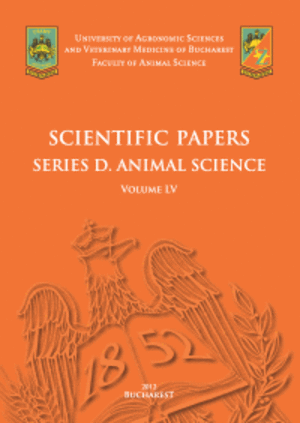Published in Scientific Papers. Series A. Agronomy, Vol. LXVIII, Issue 1
Written by Georgiana-Roxana NICOARĂ, Florian-Paul BODESCU, Marilena ONETE, Simona MIHĂILESCU
Tozzia alpina subsp. carpathica is a rare semiparasitic plant that faces significant conservation concerns within its native range in the Carpathian Mountains of Romania. Currently classified as data deficient on the IUCN Red List, this species requires accurate habitat prediction to guide effective conservation strategies and deepen our understanding of the factors shaping its distribution. The conservation status assessment, conducted under Article 17 of the Habitats Directive, relies on presence points within 10x10 km squares. However, current estimates require a robust distribution model to assess habitat extent accurately. This plant is typically found in small patches within wet meadows and tall hydrophilous vegetation along springs and rivers in the alpine bioregion, making it vulnerable to land use and resource exploitation. Therefore, developing models to predict the habitat distribution is a priority. We employed the Maximum Entropy modeling approach to address this need and predict suitable habitats, utilizing species occurrence data in conjunction with environmental variables. This modeling method provides valuable insights for identifying areas to evaluate in the upcoming reporting period under the Habitats Directive, significantly enhancing conservation efforts.
[Read full article] [Citation]




